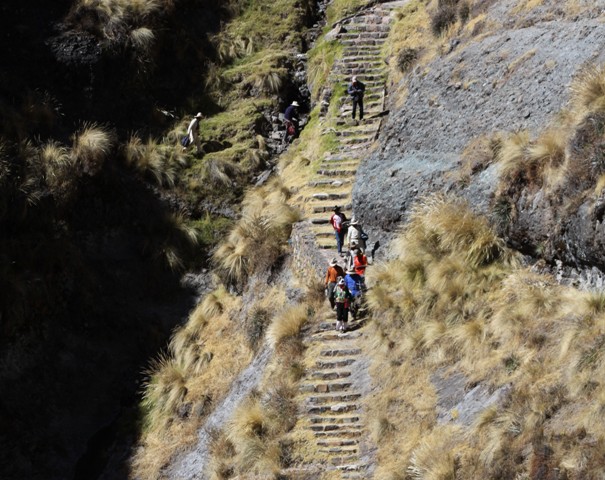
An ancient Incan road that connects Peru, Colombia, Ecuador, Argentina, Bolivia, and Chile may soon be recognized as a World Heritage site by the United Nations Educational, Scientific and Cultural Organization (UNESCO), reports the New York Times.
Called the Qhapaq Ñan or Main Andean Road, the route was used by the Incas (and later the conquistadors) to travel from the capital of Cuzco to the outskirts of their empire. The path crisscrosses the Andean mountains, traversing deserts, tropical rain forests, and snowy mountain passes alike over thousands of miles.
If recognized by UNESCO, the Qhapaq Ñan would be designated as culturally significant, joining 981 other sites worldwide. This would likely bolster tourism to the region and potentially lead to increased financial support. As part of their application, the six countries have pledged to carefully conserve the roadway. Recognition would mark the culmination of their 12-year cooperative effort to preserve the Incan road.
A map of the route of the ancient Incan road, Qhapaq Ñan. Photo: courtesy the UNESCO World Heritage Centre.
The other sites currently being considered by UNESCO’s 21-member committee include sections of China’s Silk Road and caves in both Israel and France. The Qhapaq Ñan is the only site that has such a large number of nations behind its application, which is especially notable considering the historical border conflicts between the six countries, primarily during the 19th century.
Today, there are many threats to the road’s continued existence, as farmers expand their fields, technology companies build communication towers, and mining operations and urban developments grow. Some sections of the road have already been paved over and incorporated into modern routes, while others are still mainly used by pedestrians and people traveling with horses or other riding animals.